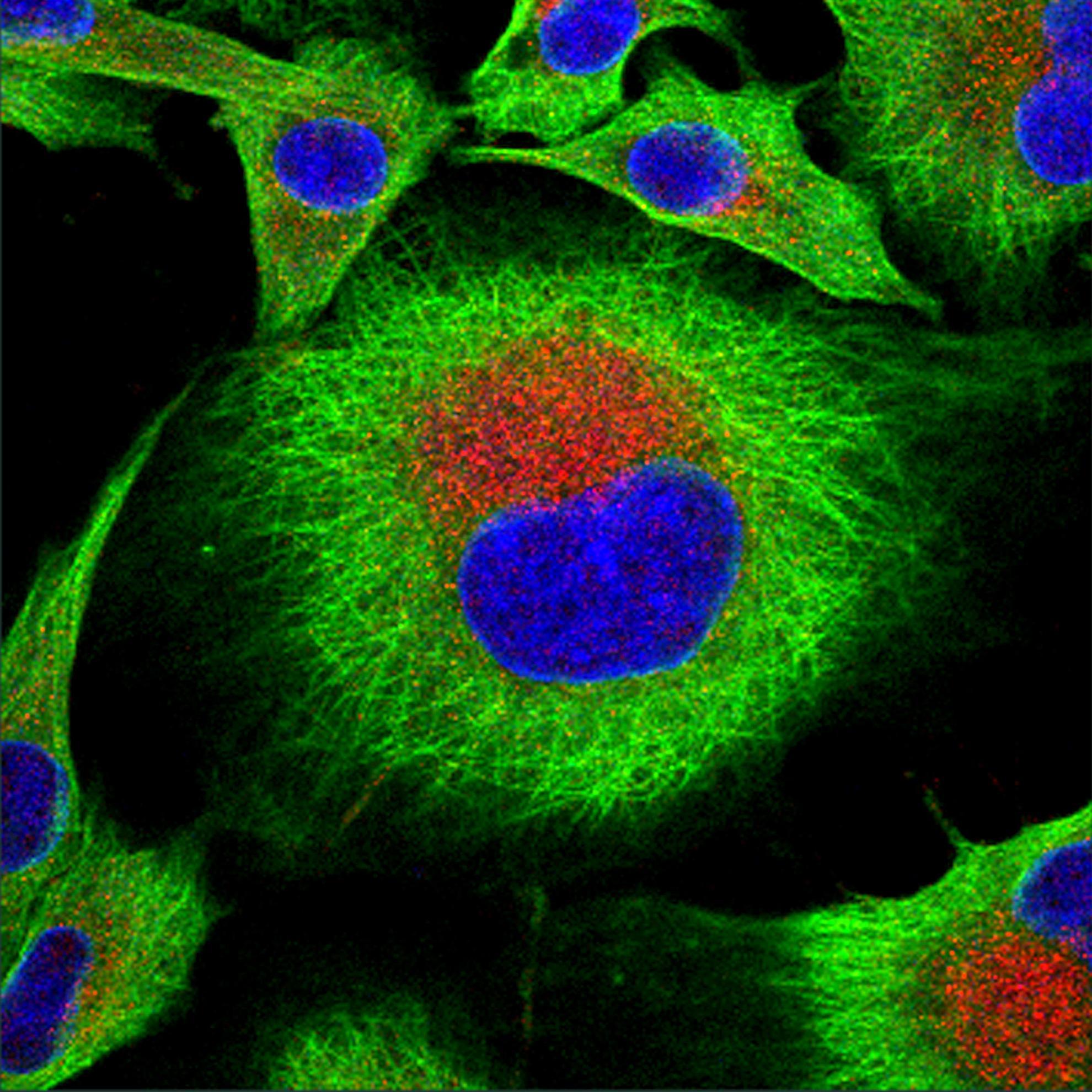Type I and III interferon production in response to RNA viruses
The biology of RNA viruses is closely linked to the type I and type III interferon (IFN) response of the host. These viruses display a range of molecular patterns that may be detected by host cells resulting in the induction of IFNs. Consequently, there are many examples of mechanisms employed by RNA viruses to block or delay IFN induction and reduce the expression of IFN-stimulated genes (ISGs), a necessary step in the virus lifecycle because of the capacity of IFNs to block virus replication. Efficient transmission of viruses depends, in part, on maintaining a balance between virus replication and host survival; specialized host cells, such as plasmacytoid dendritic cells, can sense viral molecular patterns and produce IFNs to help maintain this balance. There are now many examples of RNA viruses inducing type I and type III IFNs, and although these IFNs act through different receptors, in many systems studied, they induce a similar spectrum of genes. However, there may be a difference in the temporal expression pattern, with more prolonged expression of ISGs in response to type III IFN compared with type I IFN. There are also examples of synergy between type I and type III IFNs to induce antiviral responses. Clearly, it is important to understand the different roles of these IFNs in the antiviral response in vivo. One of the most striking differences between these 2 IFN systems is the distribution of the receptors: type I IFN receptors are expressed on most cells, yet type III receptor expression is restricted primarily to epithelial cells but has also been demonstrated on other cells, including dendritic cells. There is increasing evidence that type III IFNs are a key control mechanism against RNA viruses that infect respiratory and enteric epithelia.
Back to publications
